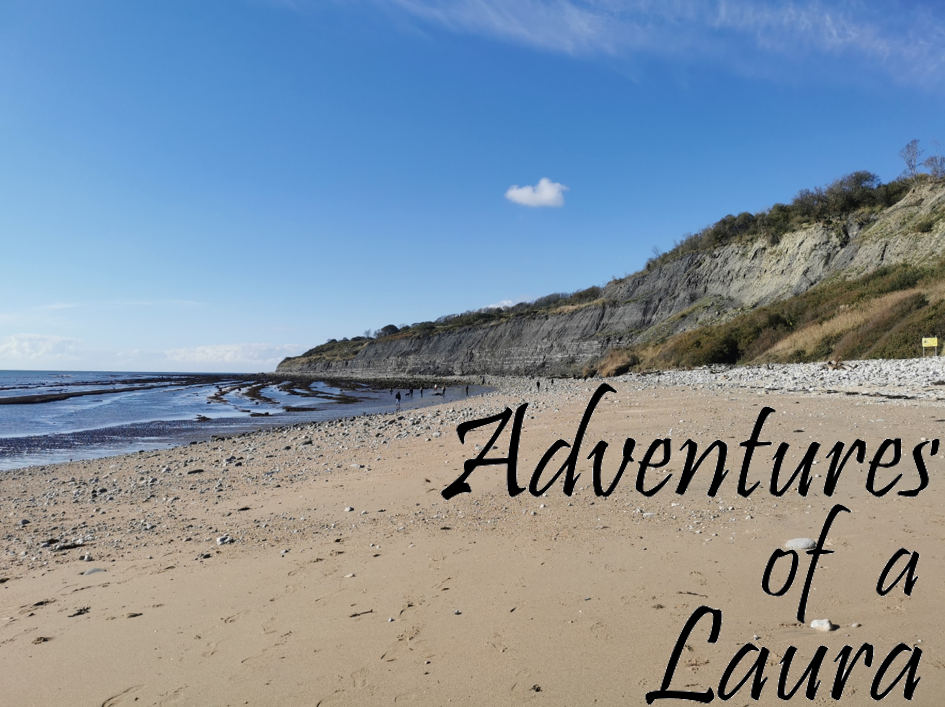All links open in new windows, and all pics were taken by me!
The Longbridge area of south Birmingham has great industrial history, with a large factory complex here once producing cars, as well as military related work during the war. This factory was hugely important to the history of Birmingham and the local history of this area. Following the collapse of the industry, the land was turned over to residential, community and retail use, and the new high street area has brought a new lease of life to this location. The shop fronts are faced with slabs of beautiful beige limestone, which is the subject of this blog.
The Longbridge area of south Birmingham has great industrial history, with a large factory complex here once producing cars, as well as military related work during the war. This factory was hugely important to the history of Birmingham and the local history of this area. Following the collapse of the industry, the land was turned over to residential, community and retail use, and the new high street area has brought a new lease of life to this location. The shop fronts are faced with slabs of beautiful beige limestone, which is the subject of this blog.
I first noticed that these were fossiliferous (full of
fossils) some time back in late 2015 and I think I’ve probably taken photos of
every slab (that I can reach, anyway!). The main types of fossils that stand
out are belemnite guards
(long black bullets) and ammonites (round curly shapes). There are also some very nice fossil sponges, and all of
the slabs contain detritus (fragmented and broken up pieces of shells). All of
these fossils indicate that this is a marine rock – it formed under the ocean –
and through lots of people on Twitter I have developed more of an understanding
of this rock.
 |
| A very nice ammonite in a slab near to Greggs & Subway on Longbridge High Street. This fossil is about 4 inches across! The chambers of the shell are clearly visible. |
It is a limestone from the Jurassic period of geological time and was formed around 160 million years ago. The fossils show that this was a
different environment to today, and the area in Germany where this rock is quarried was
once a shallow sea (ammonites are generally thought of as the shallow water
relation to nautiloids which prefer deeper water). Ammonites and belemnites are
both part of the Cephalopod family. Only the hard parts of these animals are
preserved – the soft body parts were either eaten (scavenged) or rotted away
during the fossilisation process. The ammonite hard parts are the shell, which in this
limestone are found in a range of orientations and show different aspects &
views of the shells, and in a lot of cases you can clearly see the different
chambers of the shell.
The belemnites are represented by the guards – long black bullet shapes which are thought to have acted as a counterweight for the rest of the animal. At the front end of the guard there is a feature called a phragmocone, which is divided into cells and is thought to have helped with buoyancy. This feature can be seen in some of the Longbridge fossils, but is generally rarely preserved – sometimes it just falls out, but most of the time it disintegrates as it is made of an unstable mineral (aragonite). The guard is made of calcite which is more stable and more likely to be preserved. Some of the fossils also have areas of calcite infill, which looks like white crystals.
The belemnites are represented by the guards – long black bullet shapes which are thought to have acted as a counterweight for the rest of the animal. At the front end of the guard there is a feature called a phragmocone, which is divided into cells and is thought to have helped with buoyancy. This feature can be seen in some of the Longbridge fossils, but is generally rarely preserved – sometimes it just falls out, but most of the time it disintegrates as it is made of an unstable mineral (aragonite). The guard is made of calcite which is more stable and more likely to be preserved. Some of the fossils also have areas of calcite infill, which looks like white crystals.
 |
| This belemnite has a VERY nicely preserved phragomocone! This is the chambered pale brown structure above the left and middle finger. The guard of the belemnite is the grey end on the right. |
I don't know much about the sponges found in these rocks, so most of my pics are ammonites and belemnites!
The fossil slabs at Longbridge are very accessible – they surround
the shop fronts along the high street and lots of the fossils are within human
height! I tweeted a lot of photographs using the hashtag #LongbridgeFossils and there
are also some on Instagram.
All links open in new windows, and all pics were taken by me!





